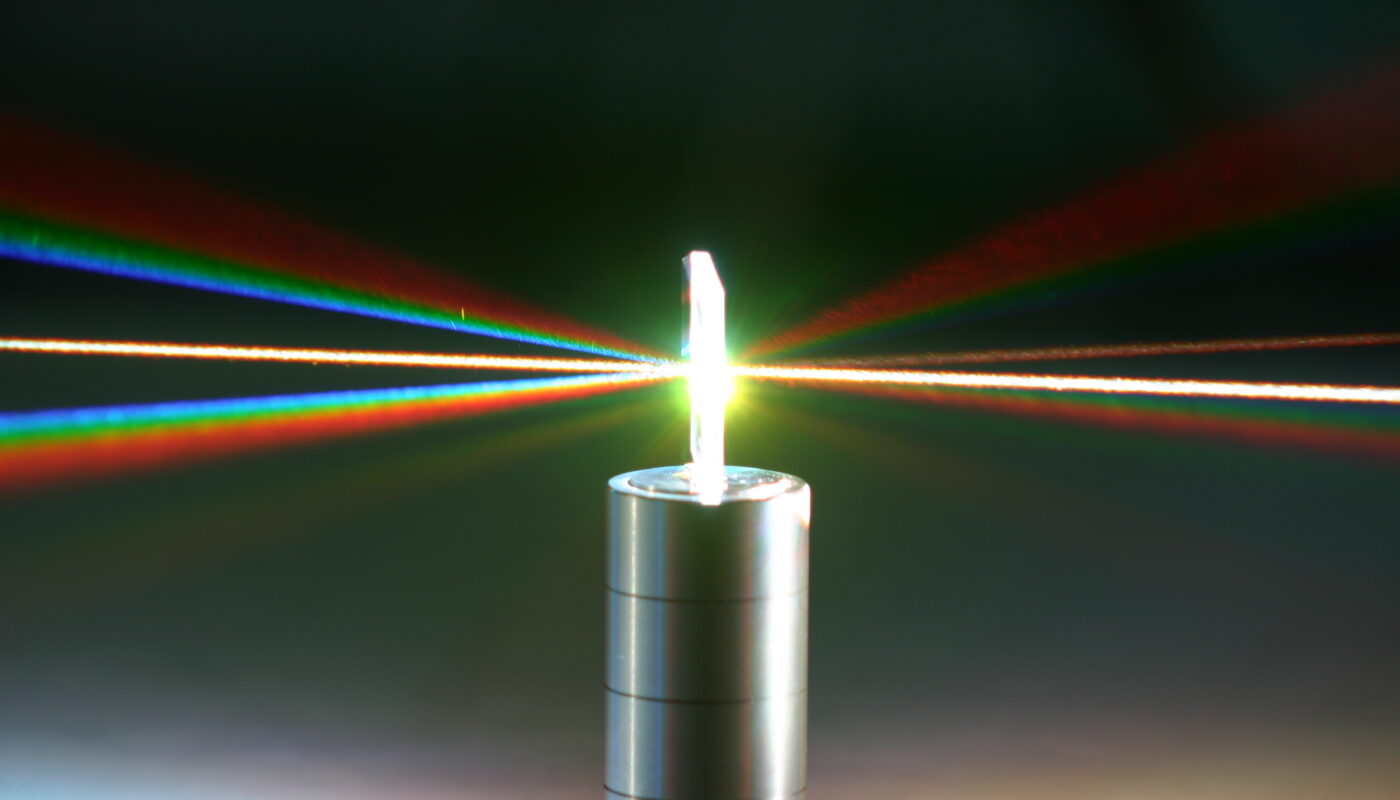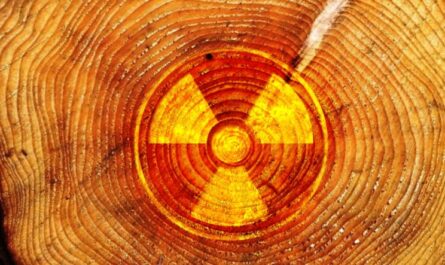Raman spectroscopy utilizes laser light to access molecular vibration modes to identify materials based on their molecular structure and composition. When laser light interacts with a material, the energy of the laser photons may be shifted up or down. The shifts in energy allow for identification of chemicals based on their unique spectral “fingerprint” region. This non-destructive technique has found widespread use in many industries from pharmaceuticals to semiconductor quality control.
Applications in Pharmaceutical Analysis
Raman spectroscopy is particularly useful for identification of active pharmaceutical ingredients and excipients without chemical destruction of samples. Spectra can be collected rapidly to identify counterfeit or degraded drugs. Raman performs well even in the presence of water and other aqueous solutions, allowing for analysis directly in formulations. Coupled to microscopy, spatial chemical mapping and imaging capabilities allow for localization of specific components in complex dosage forms like creams and gels. This helps understand drug distribution and stability. Overall, Raman provides speed, high chemical specificity and non-destructiveness ideal for pharmaceutical applications.
Materials Science and Semiconductors
In materials science and electronics, Raman spectroscopy finds extensive use for characterization of compounds, phase identification, and quality control. Spectra of materials like metals, ceramics, polymers and semiconductors provide molecular fingerprinwhich reveal oxidation states, crystallinity, stress, orientation and other structural factors. In integrated circuits and photovoltaics, Raman identifies defects, impurities, materials uniformity and compatibility between layers. Process optimization occurs through in-line spectral monitoring and feedback. As features shrink in semiconductor devices, Raman’s high spatial resolution enables microscopic chemical analysis critical for continued Moore’s law scaling. Coupled to imaging, Raman produces chemical maps useful for failure analysis and yield improvement.
Cultural Heritage and Art Identification
Analysis of cultural artifacts, archaeological finds and artworks applies Raman spectroscopy for non-invasive identification. Spectra unambiguously identify pigments, dyes, inks and other materials revealing composition details invaluable for restoration, dating and authentication. Raman augments traditional techniques for examination of manuscripts, paintings and other delicate objects. Portable Raman systems even allow in-situ analysis of art in museums, storage facilities or excavation sites. Overall, Raman plays a growing role in cultural heritage applications by providing definitive chemical insights without risk of damage from sampling. Its non-destructiveness permits use on nationally or culturally important objects that could not withstand invasive analysis.
Forensics and Security Screening
Raman finds increasing use across forensics laboratories and security agencies worldwide for analysis of explosives, narcotics and other threats. Its molecular selectivity enables sensitive, rapid detection complementing other techniques. Portable Raman analysis conducted directly on baggage, cargo containers or suspects accelerates profiling and screening. Raman identifies white powders, unknown pills and chemical threats at trace concentrations. Spectral libraries provide matches to known hazardous compounds. In forensics, Raman examines evidence samples, tracks down smuggled or synthetic materials and complements DNA/trace evidence investigations. Its non-contact, non-destructive nature maintains sample integrity for further legal proceedings. Overall, Raman augments law enforcement capabilities with chemical analysis suitable for field deployable scenarios.
Raman spectroscopy has emerged as a highly versatile materials analysis technique employed across diverse industries from pharmaceuticals to forensics. It provides definitive molecular identification of compounds as well as structural insights in a non-destructive manner. Advanced micro-Raman and imaging applications have expanded capabilities for visualization of chemical distributions at microscopic resolution. As portable systems develop, application domains of Raman continue to grow in new areas including clinical diagnostics, environmental monitoring and planetary exploration. Overall, the combination of high chemical specificity, non-invasiveness and application diversity make Raman spectroscopy technology central to modern materials analysis.
*Note:
1. Source: Coherent Market Insights, Public sources, Desk research
2. We have leveraged AI tools to mine information and compile it



